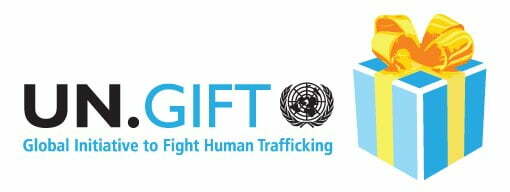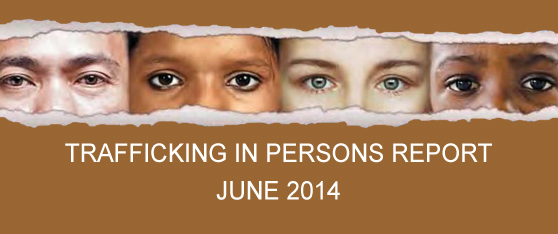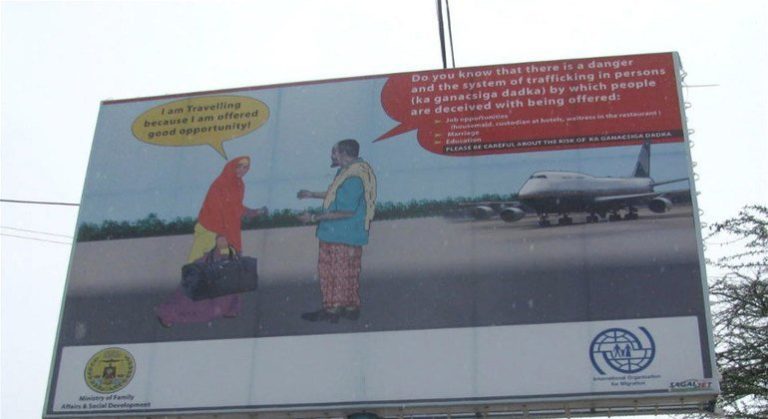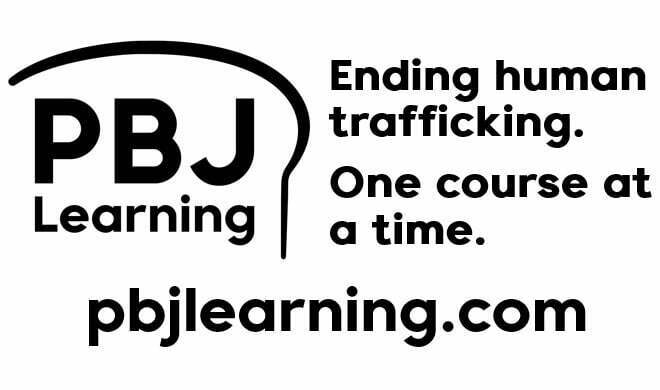Joint Statement
On 31 December 2014, the United Nations Global Initiative to Fight Human Trafficking (UN.GIFT), an alliance of six organizations committed to combatting human trafficking, concluded its long-standing work towards curbing one of the most heinous crimes and human rights violations of our time. Members of UN.GIFT Organization for Security and Co-operation in Europe (OSCE) International…






